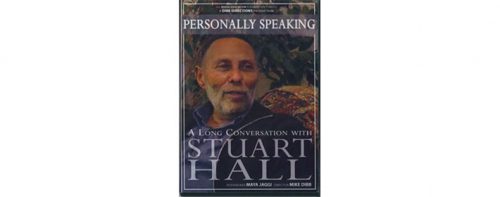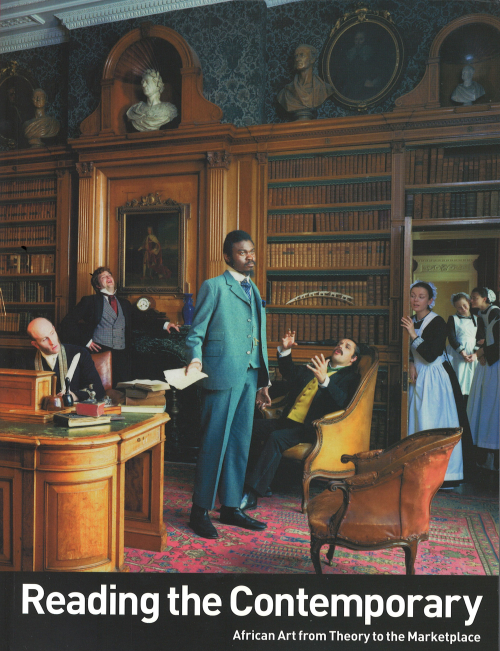- Condition : Used library book; fine condition.
- Author : David Dabydeen
- Publisher : Manchester University Press; New edition (March 24, 1987)
- Publication date : March 24, 1987
- Language : English
- Hardcover : 158 pages
- ISBN-10 : 0719023165
- ISBN-13 : 978-0719023163
- Item weight : 590 g
- Dimensions : 25.5 x 17 x 1.5 cm
Shop
RARE BOOKS SALE, Publications
Hogarth’s Blacks: Images of Blacks in Eighteenth Century English Art (Hardcover)RARE/COLLECTIBLE BOOK (Used)
A used ex-library book from the iniva Rare Book Sale.
Original price was: £80.00.£40.00Current price is: £40.00.
In stock
Of eighteenth-century English artists, Hogarth was the most prolific painter and engraver of black figures. The black occurs in each of his major satirical series, from A Harlot’s Progress of 1732 to The Election pictures of the 1750s. Countless critics have repeatedly marvelled at the elaborate narrative structure of the artist’s work, at the fact that each detail within a particular work is purposefully placed to yield a specific meaning or to create a specific effect, no detail being gratuitous or accidental. Even so, no attempt has been made by Hogarth scholars to place blacks in the narrative contexts in which they occur. Nor have scholars taken up the important references to blacks in Hogarth’s book The Analysis of Beauty.
Dabydeen analyses the role of blacks in Hogarth’s exposure of the sexual, cultural, and economic sordidness of English aristocratic life. He argues that Hogarth employs current myths and stereotypes about blacks, relating to their sexuality, paganism and simian ancestry, so as to comment on white deficiency: the black is used as a yardstick as well as a stick with which to beat the whites. Apart from the use of blacks as satirical devices, Hogarth also reveals compassion for their abuse and enslavement. The pregnant black woman beating hemp in the prison scene of A Harlot’s Progress accounts to the earliest instance of anti-slavery sentiment in English painting. In this work, Hogarth gropes towards an understanding of the connections between race, class and gender, he senses the solidarity of suffering between blacks and lower-class whites, a solidarity of peoples victimised by an economic system controlled by the moneyed class. His compassion for the social ‘nobodies’, that is, the lower class people, extends into a compassion for black people. In addition, in describing his own predicament as an exploited artist, Hogarth, significantly, uses the metaphor of slavery.




